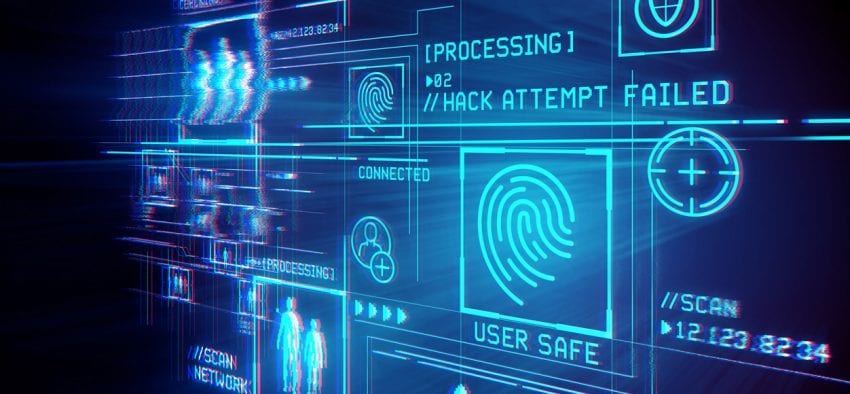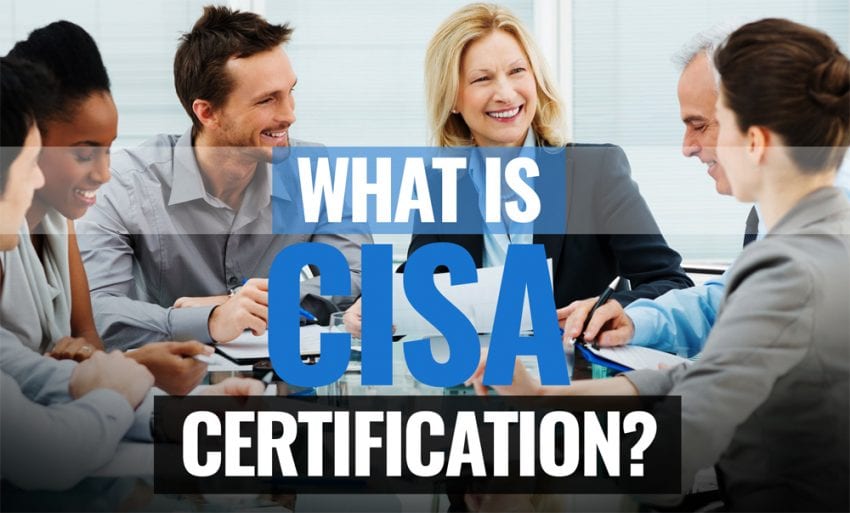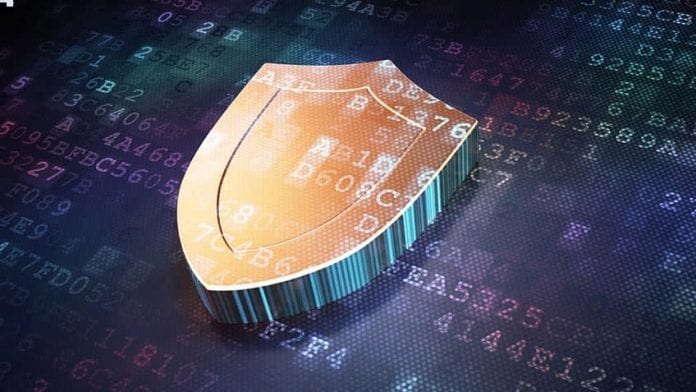The business world is, in this age, more digitized than ever, and technology is at the center of it all. There are more operations and data in the cloud, and more devices are built to access the internet. But this has presented a challenge. Cybercrimes have also evolved and become even more sophisticated. Cybercrime has become a global challenge, and the kind of investment in research and resources needed to counter this plague is massive.
Figure this out. In a study conducted by Juniper Research in 2018, it was projected that cybercriminals would have stolen up to 33 billion records, personal information included, by the year 2024. In the year 2018 alone, an estimated 60 million Americans fell victim to identity theft, according to Harris Poll. This represented a four times increase from the previous year.
Businesses, large and small, have not been spared either. Due to how common cyber attacks have become, every 14 seconds, there is a business that faces a ransomware attack. Sadly, small businesses with less than 1000 employees have become an easy target for attackers with 43% (small business trends) of cyber-attacks being targeted at them. Few of such businesses have invested in a solid security infrastructure with some concentrating more on take-off and growth and giving too little attention to the security of their data and operations.
What is Cyber Crime?

Before understanding cybersecurity, we first need to understand what cybercrime is.
Cybercrime refers to a crime carried out through a computer or a computer network, which targets individuals or groups of individuals to cause harm or loss using the internet as a tool. Some common forms of cybercrimes include cyberbullying, cyberterrorism, cyberattack, phishing, identity theft, malware, and ransomware.
Is Cybersecurity the Answer to Cyber Crimes?
As long as the purpose of cybersecurity remains to be the safeguarding of systems, networks, programs, and data from digital attacks, it is part of the solution to cybercrimes.
A good cybersecurity strategy incorporates security in all aspects, including the systems, processes, and users of the systems and processes.
The effects of cybercrimes cannot be underestimated, whether to an individual, business, or government. For instance, the cyberattack that Yahoo suffered in the year 2013, which affected more than one billion of its three billion subscribers lowered the worth of the company by $0.3 billion during its takeover by Verizon.
Not just that, it will take much more for Yahoo clients to regain the trust that they initially had for the company. While these are seemingly obvious repercussions of cybercrime, there is much more damage the company and its stakeholders suffered.

Could this have been avoided?
We certainly do not know.
What we know is that with a solid cybersecurity structure comes with immense benefits such as:
- Protects the employees, clients, and other stakeholders personal information from attacks.
- Prevents unauthorized users from accessing an institution’s systems, programs, networks, and information.
- Every performing business rides on the confidence of its clients. A good cybersecurity strategy earns the trust of clients, which ultimately increases its revenue.
- Some forms of attacks like malware, Dos, and DDos are usually target systems and processes and can cause them to slow down or stall affecting productivity. Preventing the attacks keeps the business activities going uninterrupted, which improves productivity.
- A safe government system means that its information is safe and terrorism and acts of extortion are kept at bay.
- A good mitigation strategy reduces the time and resources needed for an institution to recover after a breach.
The Cyber Security Professional

We cannot talk about cybersecurity without mentioning the individuals involved in implementing the security strategies and mitigation plans. These are professionals like IT auditors, managers, and consultants as well as IT security professionals.
What is CISA?
CISA refers to Certified Information Systems Auditor.
The CISA certification is a way of validating the skills and experience of professionals in various areas in the IT field, such as information systems auditing, security, governance, and controls.
The CISA Certification

This certification is offered by ISACA, previously known as The Information Systems Audit and Control Association. ISACA is the independent association that regulates and manages matters relating to information systems knowledge, ethics, and practices.
CISA Certification Requirements
- The Experience
To get the CISA certification, you need 5 years of professional work experience in the field of information systems auditing, control, and security. However, you are allowed to swap up to three years out of the five with any of the following:
- 1 year of information systems or 1 year of non-information systems auditing experience can replace 1 year of the required experience.
- 60 university credit hours can replace 1 year of the required work experience
- 120 university credit hours can replace 2 years of the required work experience
- A bachelor’s or master’s degree from an institution that uses ISACA – Sponsored Model Curricula can replace 1 year of the required work experience
- A master’s degree in information security or information technology can replace 1 year of the required work experience
- 2 years as an instructor in a relevant field in an accredited learning institution can replace 1 year of the required work experience
- An ACCA membership can replace 2 years of the required work experience.
- CIMA full certification can replace 2 years of the required work experience.
It is important to note that one is required to have gained the required work experience 10 years before applying for the CISA certification or 5 years after taking the CISA exam.
- The Examination
There is no prerequisite to taking the CISA certification exam; therefore, anyone can register.
CISA certification exam takes place three times annually in June, September, and December. It is offered in 10 languages with English as the main language.
The CISA certification exam covers five main areas, including:
- Information System Auditing Process
- Governance and Management of IT
- Information Systems Acquisition, Development, and Implementation
- Information Systems Operations and Business Resilience
- Protection of Information Assets
The exam structure
CISA examination consists of a total of 150 questions to be completed within four hours. The questions are weighted in each of the five areas based on the following criteria:
- Information System Auditing Process – 21%
- Governance and Management of IT – 17%
- Information Systems Acquisition, Development, and Implementation -12%
- Information Systems Operations and Business Resilience – 23%
- Protection of Information Assets – 27%
How much does the CISA exam cost?
CISA exam registration fee depends on the registration time and ISACA membership status as is indicated in the table below. Early registration for both members and non-members attracts a $50 discount.
| Early-bird registration | Standard registration | |
| Member | $525 | $575 |
| Non-Member | $710 | $760 |
In addition to the above fees, one may wish to defer the exams for one reason or another. This will attract deferral fees of $50 and cancellation fees of $100.
After having met the job and exam pass requirements, you are required to apply for the certification within five years after passing the exam. An application fee of $50 for the certification will apply.
- After the certification
After acquiring the certification, one has to maintain it by:
- Complying with the Code of Ethics laid out by ISACA.
- Take part in the Continuing Professional Education (CPE) program. Here, one is required to complete 20 contact hours every year and 120 contact hours in three years.
- Renew your membership annually with $40 if you are a member of ISACA or $ 65 if you are not a member.
- ISACA membership is optional. However, if you wish to become a member, you will need to pay an additional $135 (international dues) + $0 – $140 (Local Chapter dues) + $10 or $30 new membership fee.

Exam Preparation Tips
Ultimately, the exams form a critical part of the certification. Therefore, it is important to prepare adequately to attain and even exceed the pass mark. Here are some handy tips to help you during preparation.
- Take CISA self-assessment exam offered by ISACA. This is a 50-question assessment test which will help you gauge how well prepared you are for CISA examination.
- The CISA Review Manual (CRM) is rich with exam tips and valuable course information, self-study guides, revision questions, exam structure guide, as well as a mock examination.
- At the same time, ISACA has a wealth of learning resources on its website, including study guides, practice questions, and other materials. Make sure that you are using the latest version as ISACA keeps updating the guide.
- Online course portals like Simplilearn offer excellent preparation courses to help you not only prepare for your certification exam but also understand what the CISA review manual is all about. You can opt for the self-paced courses or take advantage of the instructor-led video classes.
Conclusion
Currently, CISA has a membership of more than 140,000 individuals across the globe, and the number is increasing as the need for IT security professionals also rises. This is because CISA certification is one of the most valued and one of the best-paying certifications.
Taking a CISA course and getting the certification from Simplilearn will not only place you among the best and most valued professionals in the industry, but it will also give you a competitive edge in the market.









